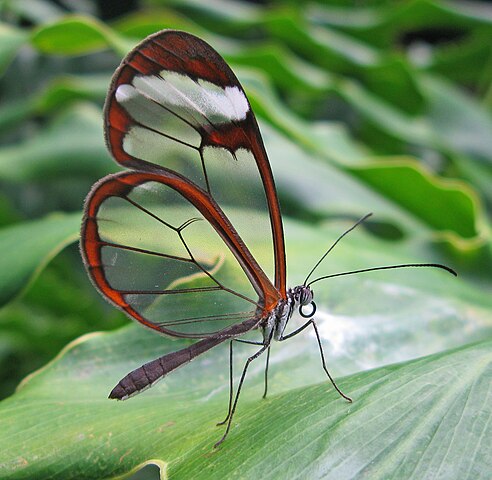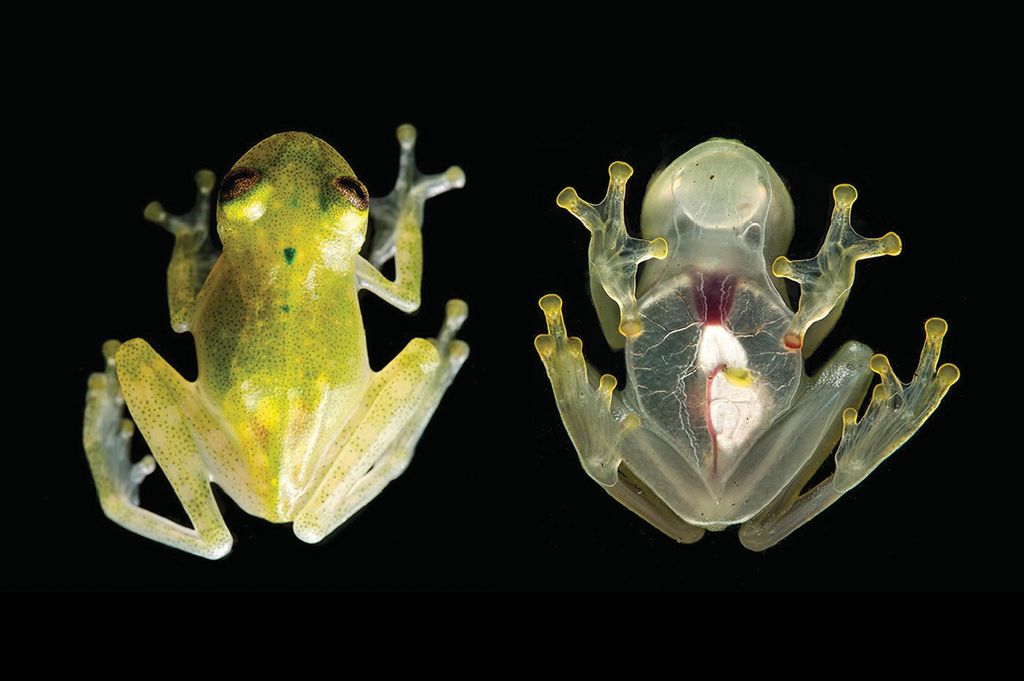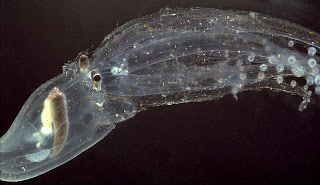Glass frogs are an amazing sight but seeing one raises an interesting question: what's the point of having transparent skin if your predators can still see you, or your internal organs?
We can see what's around us because of how different objects interact with light. If something is opaque, light is either reflected or absorbed at its surface. For something to be transparent, light must instead travel straight through it.
But as light moves between transparent materials it can be bent and scattered. Think about how a straw in a glass of water appears to bend. This is refraction, and results from the different ways that light moves through air and water.
An animal's body is made up of many organs and tissues, each with a different thickness, structure and chemical makeup. For the animal to be transparent, light must not be reflected, absorbed, scattered or refracted as it travels through each of these different layers.
Continued...
Source
We can see what's around us because of how different objects interact with light. If something is opaque, light is either reflected or absorbed at its surface. For something to be transparent, light must instead travel straight through it.
But as light moves between transparent materials it can be bent and scattered. Think about how a straw in a glass of water appears to bend. This is refraction, and results from the different ways that light moves through air and water.
An animal's body is made up of many organs and tissues, each with a different thickness, structure and chemical makeup. For the animal to be transparent, light must not be reflected, absorbed, scattered or refracted as it travels through each of these different layers.
Continued...
Source
























